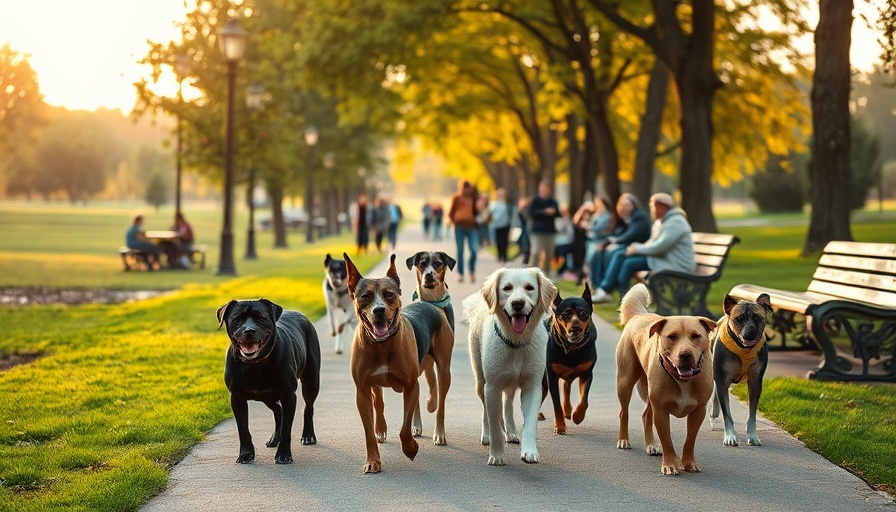
The Hidden Struggles: Understanding Car Anxiety in Dogs
Navigating car rides with dogs can be a challenge, especially for those with car anxiety. Not only does it create stress for the pet, but it can also pose safety risks for both the driver and passengers. A dog that is anxious or panics during car rides may exhibit behaviors such as pacing, excessive whining, or attempting to escape the vehicle. Fortunately, understanding the root causes and implementing supportive strategies can transform your furry friend’s experience on the road.
Why Does Your Dog Experience Car Anxiety?
Several factors contribute to a dog’s anxiety about car rides. Some of the main reasons include:
- Motion Sickness: Just like humans, dogs can experience motion sickness. Puppies, in particular, may struggle as their inner ear balance system develops. If your dog shows signs like drooling or vomiting, it could be due to nausea.
- Negative Past Experiences: If your dog associates car rides only with stressful visits to the vet or groomer, they may view the car as a bad place, leading to anxiety.
- Sensory Overload: Cars contain many stimuli: the engine noise, sudden movements, and rapid changes in scenery can overwhelm some dogs, causing stress.
- Lack of Early Socialization: Dogs that weren't exposed to car rides during their formative weeks may have difficulty adapting to car travel later on, displaying more anxiety.
Effective Strategies to Alleviate Car Anxiety
There are proven methods to help your dog become more comfortable during car rides:
Create Positive Associations
Begin by transforming the car into a positive environment:
- Allow your dog to explore the car while it’s stationary, rewarding them with treats and praise.
- Spend time relaxing in the car without driving, helping your dog associate the vehicle with positive experiences.
- Pair car experiences with enjoyable activities like playing with a favorite toy or enjoying treats.
Ensure Comfort and Safety
Keeping your dog secure in the car can help reduce anxiety:
- Utilize a crash-tested harness or a crate to stabilize your dog while traveling.
- Create a designated spot for your dog, such as a soft mat or a calming PEMF mat that helps soothe anxiety.
Use Interval Training to Build Confidence
Rather than overwhelming your dog with lengthy car trips right away, start with short, manageable journeys:
- Gradually turn on the engine and move a few feet, eventually leading to short drives around the block.
Emotional Insights: Why This Matters
Understanding and addressing car anxiety in dogs is vital for their well-being. Not only does it lead to safer travel, but alleviating their stress fosters a stronger bond between pet and owner. As pet enthusiasts and professionals alike, investing effort in helping dogs with car anxiety can create more enjoyable travel experiences for everyone involved.
Real-Life Testimonials
Many pet owners have shared their success stories about helping dogs overcome car anxiety. For instance, June, a dog trainer, utilized positive reinforcement techniques to reshape her nervous dog’s relationship with car rides. With patience and consistency, her dog, once terrified of the car, now leads her to hop in whenever it’s time to go for an adventure, showcasing the transformative power of supportive training.
Conclusion: Take the First Step Today
If you’re struggling with a dog that dislikes car rides, remember that you’re not alone. By understanding the root causes and taking achievable steps towards improving your dog's travel experience, you can pave the way for enjoyable outings. Consider consulting with your veterinarian or a certified dog trainer to develop a personalized plan that suits your dog's unique needs and history.
Simply start small, be patient, and celebrate the little victories along the way! Add Row
Add Row  Add
Add 


 Add Row
Add Row  Add
Add 

Write A Comment